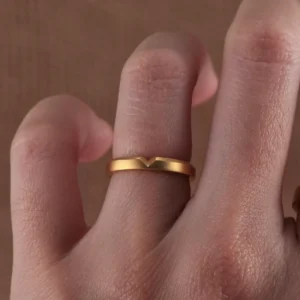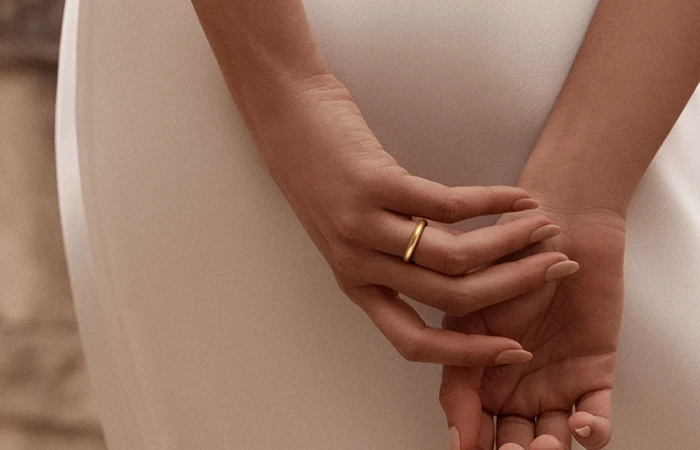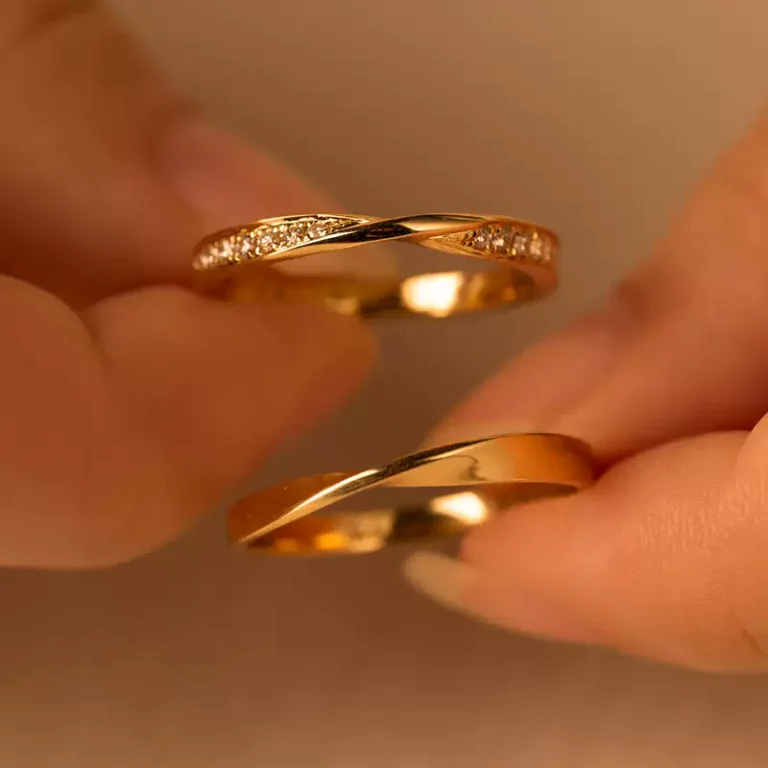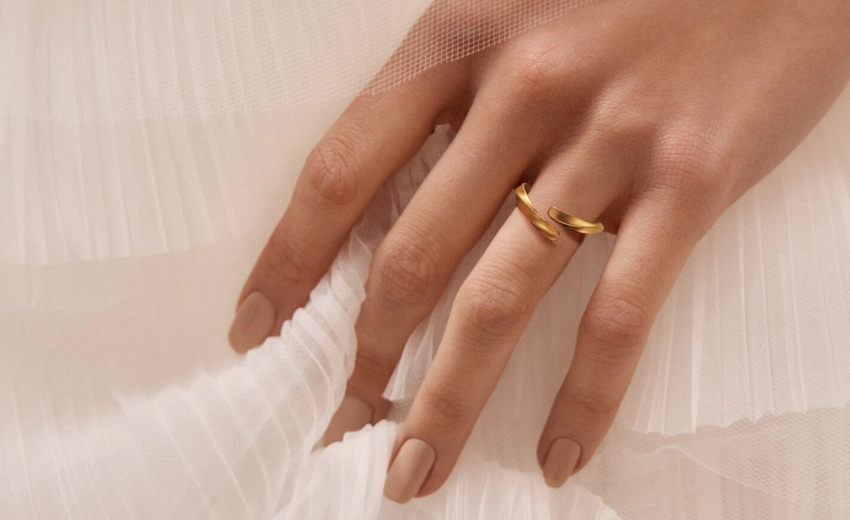Mastering Gold: The Art and Craftsmanship Behind 24K Gold Jewelry


Introduction: The Allure of Pure Craftsmanship
In a world increasingly saturated with mass production, handcrafted 24K gold jewelry stands out as a powerful countercurrent – a symbol of authenticity, tradition, and artistry. While pure gold’s beauty is obvious, the journey from raw bullion to an exquisite ring or necklace is a lesser-known yet fascinating world of meticulous techniques, heritage knowledge, and precision.
What Makes 24K Gold So Unique?
24K gold refers to gold that is AU999 pure – the highest level of purity commercially available. Unlike 18K or 14K gold, which are mixed with alloys like silver or copper to increase hardness, 24K is soft, heavy, and radiantly yellow in its natural state. This purity also gives it intrinsic value: it doesn’t tarnish, corrode, or fade, and is often viewed as both jewelry and an investment.
The Traditional Forging of Gold – Ancient Techniques Still Alive
For thousands of years, goldsmiths in cultures like China, Egypt, India, and the Middle East have refined methods for transforming molten gold into wearable art. Techniques like repoussé (hammering designs from the back), filigree (twisting fine gold wires into patterns), and granulation (creating surface textures using tiny spheres of gold) remain relevant today. In traditional Chinese craftsmanship, “古法锻造” emphasizes hammering and folding to strengthen the metal while retaining its organic form.
👉 AZEKA Reference: 24K Hand-Forged Floral Wreath Ring (AZK-7039) showcases classic ancient hammering techniques with a floral composition.
Smelting & Refinement – From Ore to AU999 Purity
The process of refining gold begins with smelting: raw gold is heated to over 1,064°C, at which point impurities are separated using chemical fluxes. The molten gold is then poured into molds to form standard bars, which are then further refined using electrolysis or acid techniques until it reaches AU999 purity. This stage is critical: only high-purity gold can be shaped into AZEKA’s signature soft forms.
Mold-Making – Precision Meets Tradition
Once the gold is pure, it must be formed. Traditional methods use wax carving and lost-wax casting, where a wax model is covered in plaster, then melted away, leaving a cavity to be filled with gold. Modern CAD (computer-aided design) tools now allow artisans to create highly detailed designs, but many AZEKA pieces still begin with hand-carved prototypes for warmth and uniqueness.
👉 AZEKA Reference: 24K Vow Ring Pair (AZK-7041) is crafted from lost-wax mold techniques with artisan texturing.
Hand-Finishing & Surface Treatments
Once formed, the gold piece is cooled, cleaned, and polished. Traditional buffing wheels are used alongside modern laser engraving systems to apply custom touches, such as personalized initials or motifs. Matte, brushed, or mirror finishes add further variation. AZEKA offers engraving customization using high-precision CO₂ lasers, ensuring durability and personal value.
👉 AZEKA Reference: 24K Polished Minimal Ring (AZK-7042) uses full mirror-polish with custom engraving option.
Why Craftsmanship Matters in High-Purity Gold
Because 24K gold is soft, the design structure must account for long-term wearability without compromising elegance. This demands experience: knowing how thick to make bands, where to reinforce curves, and how to finish without stress points. The result is a ring that feels substantial and luxurious, yet wearable daily.
Passing the Torch – The Cultural Heritage of Goldsmithing
In Chinese and global goldsmith traditions, artisans are not just technicians but cultural stewards. Many AZEKA craftsmen hail from multi-generational artisan families, and their knowledge blends temple art, royal aesthetics, and modern design. To wear a hand-forged 24K ring is to carry part of that legacy – the echo of centuries-old skills passed quietly from master to apprentice.
Conclusion: Wearing Gold with Meaning
A 24K gold ring made through traditional craftsmanship is more than an accessory – it’s the outcome of fire, patience, knowledge, and artistic devotion. In a fast world, it is a piece that slows you down, invites you to connect with tradition, and offers beauty that never fades.



